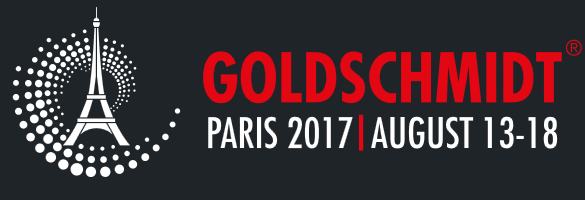IGN : A research position in Physical Geodesy

Context : The French national institute for geographical and forestry information (IGN,Institut National de l’Information Géographique et Forestière) is preparing a major evolution of the French vertical reference system management, in order to decrease the maintenance costs of the leveling network (400,000 bench marks), and to improve the quality of the service to the users. IGN needs notably to improve […]
Read more





